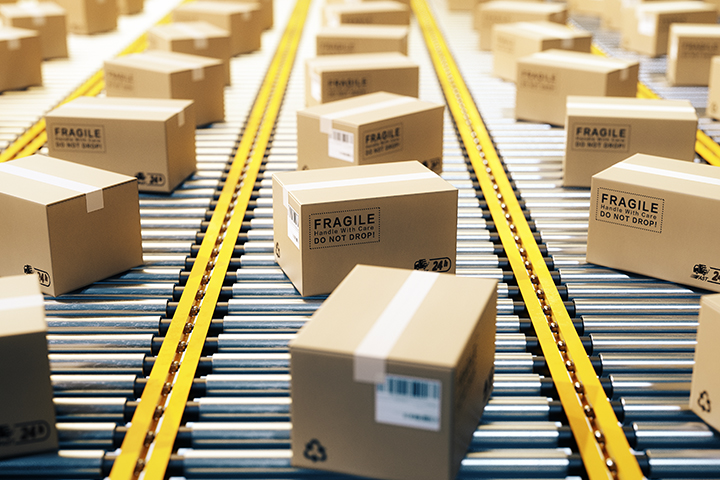
When inbound parcel volumes increase, already busy mailrooms can feel increasingly strained. For businesses that sell online, volume spikes can be seasonal and linked to returned goods after peak shopping times. For others, the rise in popularity of online shopping, coupled with the convenience of having orders delivered to work, can mean that mailrooms handle a high number of personal as well as corporate deliveries.
In fact, one Australian survey suggests that as many as 50 percent of employees have online orders delivered to work resulting in many mailrooms implementing bans on personal deliveries to workplace.
Manual Tasks and Multi-Handling
Managing inbound deliveries presents a number of challenges. It may be difficult to identify recipients and where they’re located. Notifying them may be tricky and delivering the item to them can be simpler said than done. All of which adds up to a series of manual tasks where a single item is handled multiple times. It can be frustrating for mailroom and recipient alike.
Parcels can get stuck in the system, be incorrectly delivered or even go missing. Valuable employee time can be swallowed up trying to resolve issues and items lost in transit may have to be replaced, at avoidable cost. To ease the pressure, streamline tasks and speed up internal deliveries, a more effective way of doing things is needed.
Inbound Parcel Tracking for Reliability and Visibility
An inbound mail tracking system records the arrival of parcels on-site and tracks them through to delivery. It assists mailroom employees by providing a more reliable end-to-end system and protects all participants in the process through transparency and full visibility of each parcel as it makes its journey, ending with electronic proof of delivery.
Such a system comprises recording and labelling software to register items, handheld scanners for real-time status tracking, and recording and tracking software for insight into a parcels history and final proof of delivery (when recipients sign for delivery).
By streamlining how parcels are received and delivered, enterprises can enjoy a faster, more efficient process and deliver a high-quality service to internal customers. Whenever external factors cause spikes in inbound parcel deliveries, it can help keep inbound mail moving.